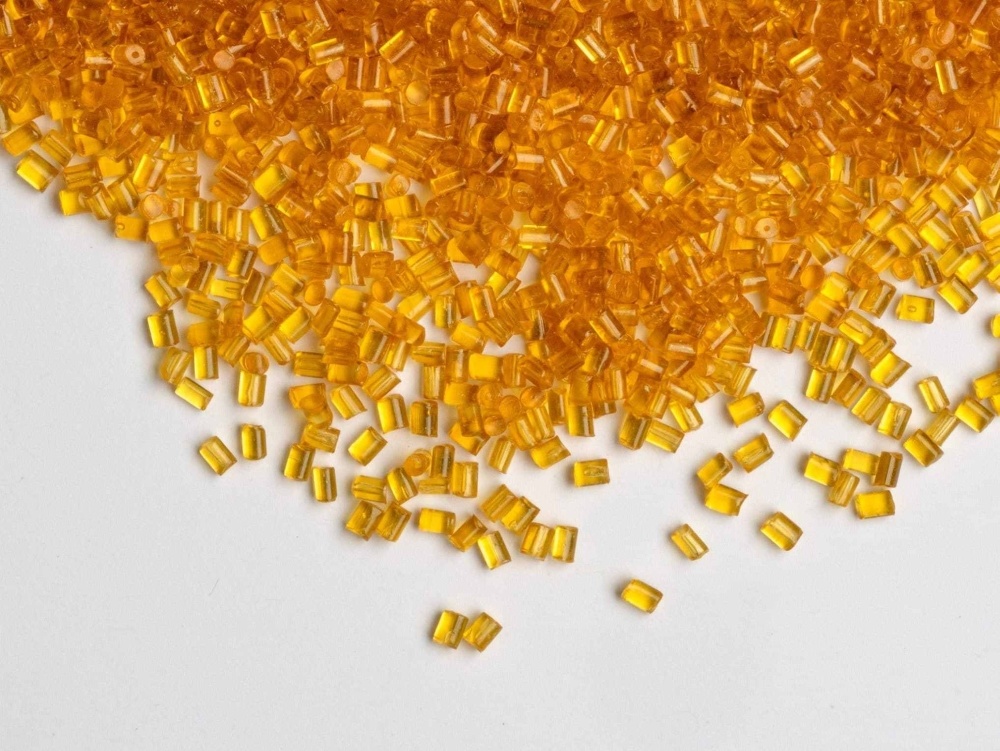The global plastic pipe market is expected to reach a value of $80 billion.
Publication Time:
2021-11-12
The total supply of domestically produced plastics in the first 10 months of this year was approximately 3.13 million tons, slightly lower than the approximately 3.15 million tons in the same period last year. Based on estimates, the total domestic production for the whole year will be approximately 3.9 million tons, roughly the same as last year or slightly higher.

The total supply of domestically produced plastics in the first 10 months of this year was approximately 3.13 million tons, slightly lower than the approximately 3.15 million tons in the same period last year. According to estimates, the total domestic production for the year will be approximately 3.9 million tons, roughly the same as last year or slightly higher. The cumulative import volume in the first 9 months of this year was 1.6905 million tons, a year-on-year decrease of 7.1%. The estimated total import volume for the year is 2.37 million tons, a decrease of about 3.5% compared to 2.47 million tons last year. The import dependency ratio (the ratio of import volume to new supply) will decrease from 38.9% in 2011 to about 37.8% in 2012. The total new supply (domestic production plus import volume) in 2012 was approximately 6.27 million tons, slightly lower than the 6.3 million tons in 2011.
While supply has not increased, downstream demand has steadily grown. From January to October 2012, the total domestic plastic film output was 7.9261 million tons, a significant increase of 14.6% compared to 6.9139 million tons in the same period of 2011; the total agricultural film output was 1.2822 million tons, an increase of 3.21% compared to 1.2423 million tons in the same period of 2011. In terms of growth rate, the year-on-year growth rate of agricultural film has slowed significantly, while the year-on-year growth rate of plastic film production remains high. The last two months of the year are traditionally peak season. In the fourth quarter of last year, plastic inventory decreased by more than 150,000 tons. Judging from interviews conducted in 2012, the peak season is still expected. It is estimated that the total output of plastic film in 2012 will still increase by 14% to 15%, while the increase in agricultural film will be smaller, or roughly the same as the previous year.
It is precisely because the supply side has remained relatively stable, while the demand side has steadily grown, that plastic inventories have continued to decline.
New capacity additions will impact the supply and demand situation in 2013.
After the absorption of new production capacity in 2011 and the first three quarters of 2012, the plastics industry entered a new phase of capacity addition starting in October 2012. First, Daqing Petrochemical's 300,000-ton capacity was put into operation in October 2012, followed by the delayed Fushun Petrochemical plant at the end of October and early November, with a capacity of 450,000 tons. According to the plan, Wuhan Petrochemical and Sichuan Petrochemical will add another 300,000 tons each in the first half of 2013. Originally, Sichuan Petrochemical was scheduled to start production in January next year, and Wuhan Petrochemical in February, but the information I have now is that Wuhan Petrochemical will be delayed until June.
Although demand is divided into domestic demand and direct plastic exports, the volume of direct plastic exports is relatively small. Estimating downstream demand is difficult, mainly because the raw materials used in downstream finished products are not uniform, and the published production data are not differentiated by raw materials. Based on data from the past 12 years, agricultural film production experienced negative growth before 2005, particularly a significant decline in 2004. In 2005, there was a sudden surge, with production increasing significantly by 18.4%. The growth rate then slowed down, but remained positive until 2011, when a slight negative growth was observed again. However, this negative growth was related to the excessively high output of land film in December 2010. In 2012, agricultural film production is expected to increase slightly compared to 2011.






